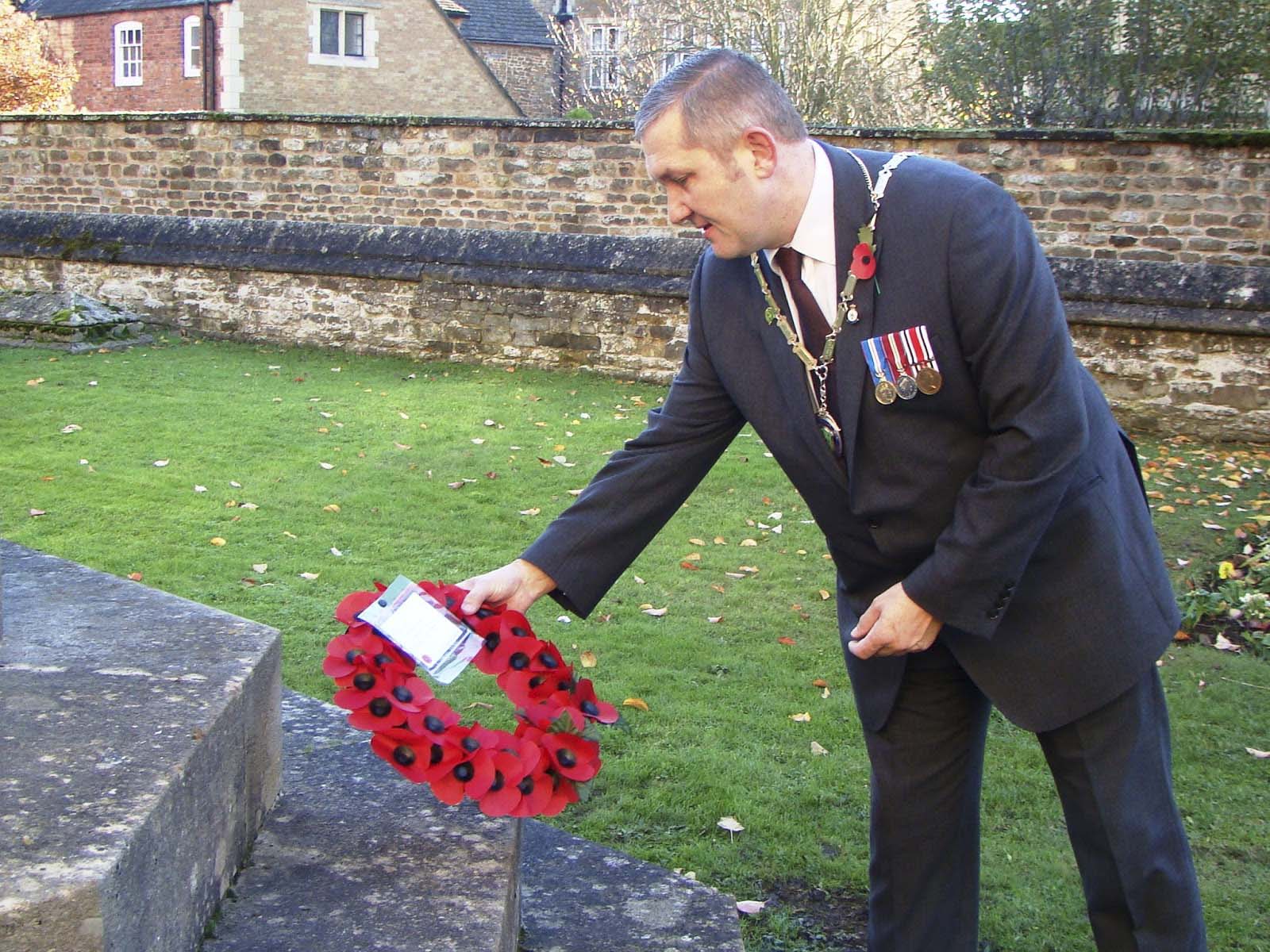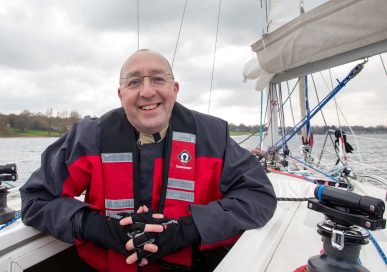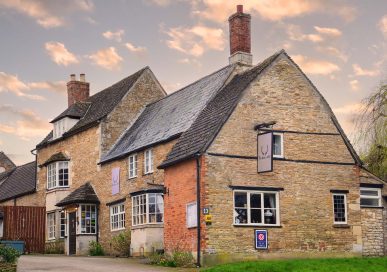Remembrance in Rutland

They shall grow not old, as we that are left grow old. Age shall not weary them, nor the years condemn. At the going down of the sun and in the morning, we will remember them, and honour them, with this year’s pioneering ceramic Poppy Project…
The 11th November will see Rutland and Stamford pause to remember those who sacrificed their lives so that we can live the lives we live today. Cadets from local schools will present their finest march through Stamford, Oakham and surrounding villages. Wreaths will be laid, brass instruments will sound The Last Post, tears will be cried, and we will remember.
Today, with so many people going about their daily lives it’s difficult to imagine the scenes in 1914. Instead of the town’s residents shopping, they would have been lining the streets to cheer their young men off to war. The county’s optimism, as it celebrated its would-be war heroes, turned to heartbreak for many families, as the war lasted longer and proved bloodier than anyone at the time anticipated. England’s smallest county played its full part in the First World War. At a time when duty and fervent patriotism meant something stronger than they probably do today, men from Rutland could be found serving in dozens of different regiments and on many ships of the Royal Navy.
Others took to the air in the Royal Flying Corps, later the Royal Air Force, where two women served as well. Most of Rutland’s citizen soldiers joined the army, filling the ranks of neighbouring county regiments, the Leicesters, the Northants, the Lincolns, and the Sherwood Foresters. As such they took part in all the set piece battles which led to such a terrible loss of life – at Loos, Gallipoli, the Somme, Passchendaele – names which have become bywords for the horrors of the First World War. A handful joined the Navy and some of those fought in the great Battle of Jutland. None could have foretold what lay ahead of them as they left this small, rural community in the heart of England and became part of the first industrialised war of attrition.
Individual lives counted for almost nothing, as the armies hurled ever more devastating shells and bombs at each other. Most soldiers who died were killed not by rifle fire but by artillery. Their deaths were announced by telegram, sometimes followed by an officer’s letter which generally tried to lessen the blow by describing how the man died instantly. It was unusual to mention the agonies of wounds or being blown to pieces, although some letters were more graphic than others. And so they passed into history.
No wonder then, in the years immediately after the First World War, towns and villages set about raising money to remember their Fallen with plaques, memorials, buildings and scrolls. These are the visible signs today of how the First World War was felt in both Rutland towns, every village, every hamlet and every street. Many familiar County names are among them. And so Rutland’s part in the war to end wars is remembered, and over a hundred years later we remember it still.
Among the Fallen from Rutland are three women. Two were members of the Women’s Royal Air Force and one was a nurse. All three are buried in local churchyards and all three have their graves maintained by the Commonwealth War Graves Commission. Sister Helen Hetterley from Penn Street in Oakham became a hospital nurse in 1912 and when the war started she was stationed at the Military Hospital in Canterbury. She caught TB while treating injured soldiers and nothing could be done to treat her, and she died at home in May 1917. She’s buried in Oakham Cemetery. Unusually her grave has both a private memorial and a CWGC headstone.
Gladys Walter was a Member of the WRAF, which is the equivalent of an Aircraft Mechanic or Private in the (men’s) RAF. She died on Armistice Day, the 11th November 1918, and is buried in the churchyard in Braunston. She has a CWGC headstone but is not recognised on the war memorial inside the church.
And in Ryhall churchyard there is the grave of Lilian Plant who was also a member of the WRAF. Little is known about her and her service record, but she died after the war in early December 1918 aged 26. She is buried close to three servicemen also from Ryhall, in a row at the front of the second section of the churchyard.
The Rutland Poppy Project…
After finding inspiration from the art display at The Tower of London, a group of volunteers decided to create their own version at Oakham Castle. Organisers of the Rutland Poppy Project are inviting as many people as possible to get involved. So far, there has been a huge response from local people and businesses with over 4000 poppies made so far. One of the volunteers behind the project, Vickie Goddard is hoping it will bring together members of all sections of the Rutland community to create a magnificent large-scale sculpture formed of up to 10,000 handcrafted poppies. The installation will be in the grounds of Oakham Castle where it will remain on display for a month in October-November. The project is being co-ordinated through Catmose College but all schools, community groups, businesses and individuals in the county are invited to participate. There are several ways in which individuals and organisations can get involved. Whether you want to host poppy making sessions. This could be at your place of work, community group or in your own home. The poppies are simple and fun to make, all of the materials and tuition needed is provided, The Rutland Poppy Project then take the finished
poppies away for firing and glazing. It is expected the project will cost in the region of £15,000 and the organisers have been applying for funding from various agencies.
To sponsor the project, contact Vickie on 07542 565515. They are appealing to the community to design a beautiful and powerful tribute to commemorate the end of World War One. Too often small towns and rural communities miss the opportunity to experience major art projects so get involved! [email protected] or Facebook www.facebook.com/RutlandPoppyProject for more information.
For more information on Rutland and Stamford’s contribution to the war, visit the very helpful and informative website www.rutlandremembers.org and read the local stories.







